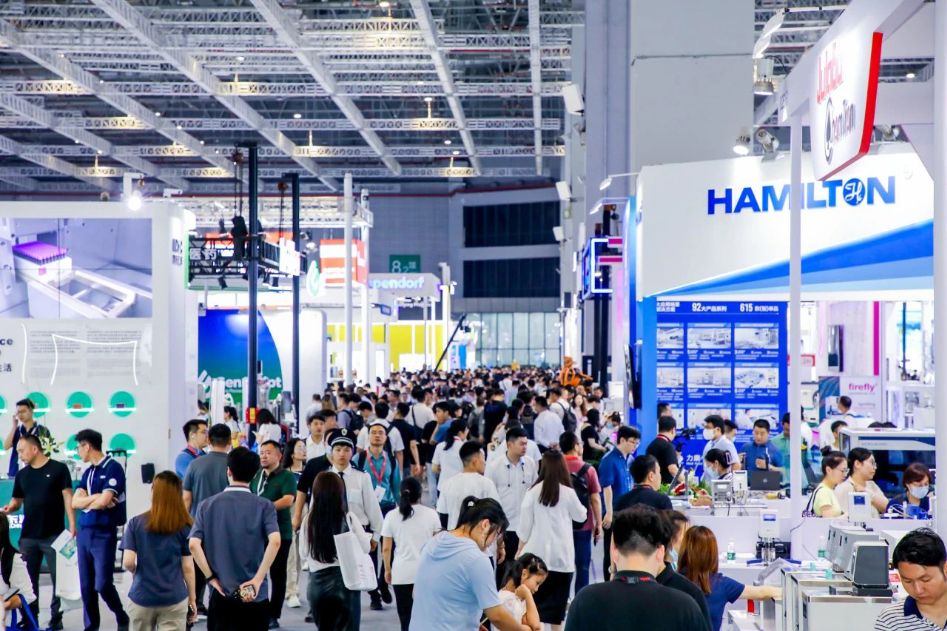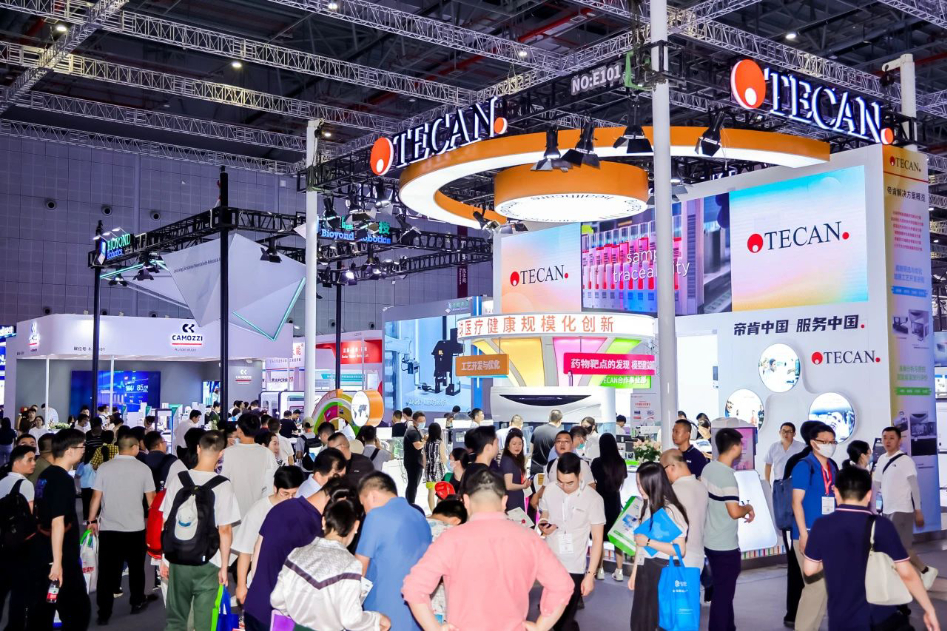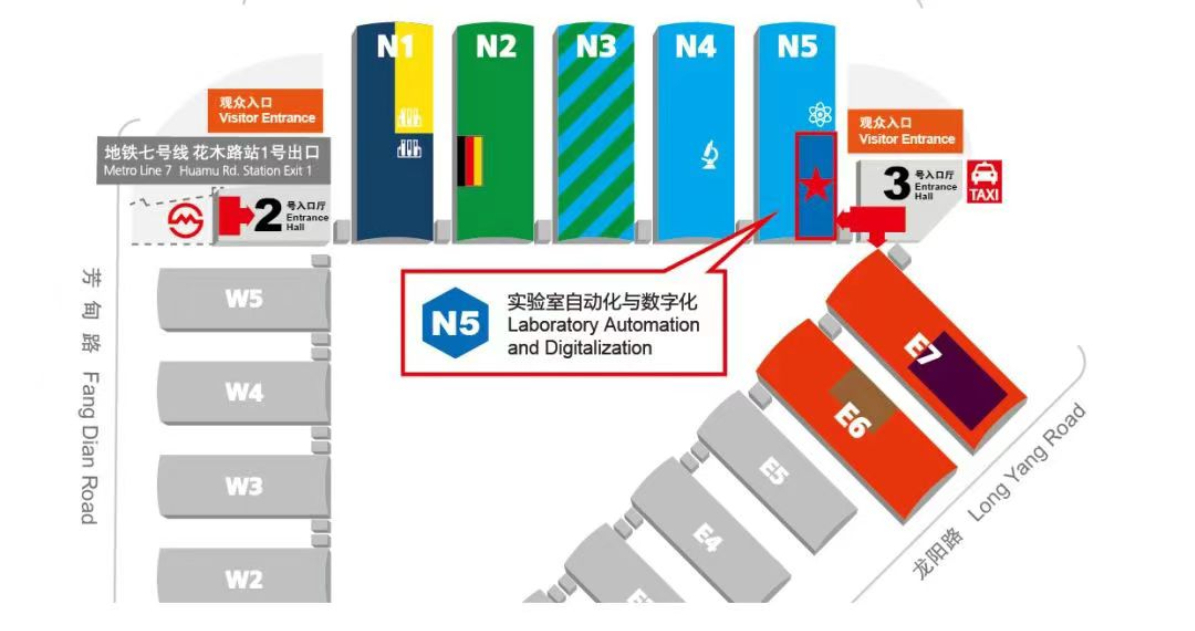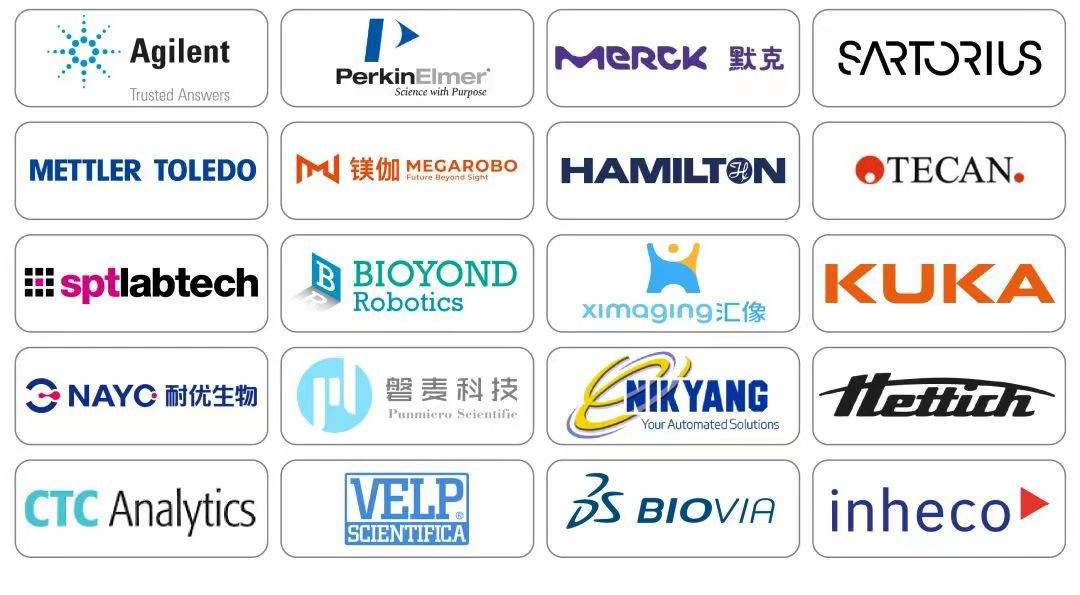Jul 10,2024
According to the Implementation Opinions on Promoting Innovative Development of Future Industries jointly issued by seven departments including the Ministry of Industry and Information Technology, accelerating the layout of future industries and promoting industrial digitalization and digital industrialization have become an important national development strategy. Under this policy, laboratory automation and digitalization technologies are experiencing unprecedented growth opportunities. By introducing AI, big data, 5G, IoT and other technologies, laboratories can achieve intelligent management and optimized resource allocation, improve research efficiency and quality, and inject new vitality into technological innovation and industrial upgrading in laboratories. This special exhibition area at analytica China 2024 will showcase cutting-edge technologies and innovative products in this field, depicting a future of intelligent, efficient and safe laboratories.
This exhibition area will revolve around the three core keywords of "Intelligence", "Efficiency" and "Safety":
· Keyword 1: "Intelligence"
An Intelligence-Driven Future — Cross-Field Integration and Smart Engine
· Keyword 2: "Efficiency"
Reducing Costs and Increasing Efficiency — Efficiency Improvement and Process Optimization
· Keyword 3: "Safety"
Safety and Reliability — Comprehensive Protection to Reduce Risks
Keywords: Cross-Field Integration, Intelligence, Innovation-Driven, AI, IoT, Laboratory Information Management System (LIMS)
This exhibition area will further showcase the deep integration of AI with laboratory automation. Through cross-field technology integration, it indicates a new way for digital transformation in laboratories and drives a significant shift of laboratories from traditional work models. This transformation not only represents the "intelligence" direction of laboratories, but also significantly increases operational efficiency and outcomes of laboratories.
Synergy of Software and Hardware
IoT and Data Management as "Innovation Engines"
The application of IoT technology enables laboratory equipment to interconnect, achieving highly automated and intelligent workflows that greatly enhance working efficiency. Researchers can remotely monitor and control experimental processes via smartphones, VR devices, and wearables, significantly improving response speed. Additionally, the widespread use of digital tools has optimized laboratory data management, making data collection, evaluation and storage more convenient and efficient through LIMS and cloud solutions, thereby ensuring the accuracy and reliability of analytical results.

Keywords: Process Optimization and Efficiency Improvement, Cost Reduction, Quality Control
Laboratory automation and digitalization significantly increase work efficiency while reducing labor costs. By optimizing experimental processes and resource allocation, laboratory automation and digitalization reduce costs and increase efficiency, further enhancing the "overall effectiveness" of the laboratory.
· Process Optimization and Efficiency Improvement
Automation facilitates task execution, optimizes laboratory processes, and shortens the output cycle of research results.
· Cost Reduction
Digitalization enables devices to automatically execute repetitive and time-consuming tasks, greatly saving on labor costs.
· Quality Control
The integration of automated hardware and software technologies allows for automatic sample processing to improve precision.

The highly automated laboratory 4.0 can reduce the risk of worker injury and sample contamination, thereby enhancing laboratory safety. Automated processes and laboratory robots play crucial roles when handling hazardous substances, pathogens and harmful chemicals. Even in trace analysis, minimizing sample contact to avoid contamination is essential. For inspection steps requiring high precision, automation serves as a very effective solution. Automation and networking solutions are essential for achieving 24/7 continuous operation. The future transition of traditional industries towards high-end, intelligent and green solutions, along with the rapid development of emerging industries utilizing "new materials" and "new energy", will increase the demand for high-precision, high-efficiency scientific instruments.

This exhibition area covers laboratory technologies and products such as automated equipment, automated liquid handling stations, automated measurement technologies, data management solutions, automation software and systems, automated image processing technologies, and collaborative robotics. It will showcase new products, technologies, applications and solutions in the field of laboratory automation and digitalization through product displays and concurrent conferences, promoting the intelligent development of future laboratories and enhancing technological and R&D innovations in laboratories.

This exhibition area has received strong support and active participation from both new and returning exhibitors, including Agilent, PerkinElmer, Merck, Sartorius, METTLER TOLEDO, MEGAROBO, Hamilton, TECAN, SPT Labtech, Bioyond Robotics, XImaging, KUKA, NAYO, Punmicro Scientific, NIKYANG, Hettich, CTC Analytics, Velp, BIOVIA, Inheco and others (The above are listed in no particular order).
At analytica China 2024, leading industry players will showcase their applications and outcomes in the field of laboratory automation and digitalization. They will provide practical and high-quality solutions for professional visitors in areas such as life sciences, gene sequencing, clinical diagnostics, biomedicine, cell molecular biology, drug screening, food, environment, chemistry and chemical engineering, healthcare, inspection and quarantine, education and research.
